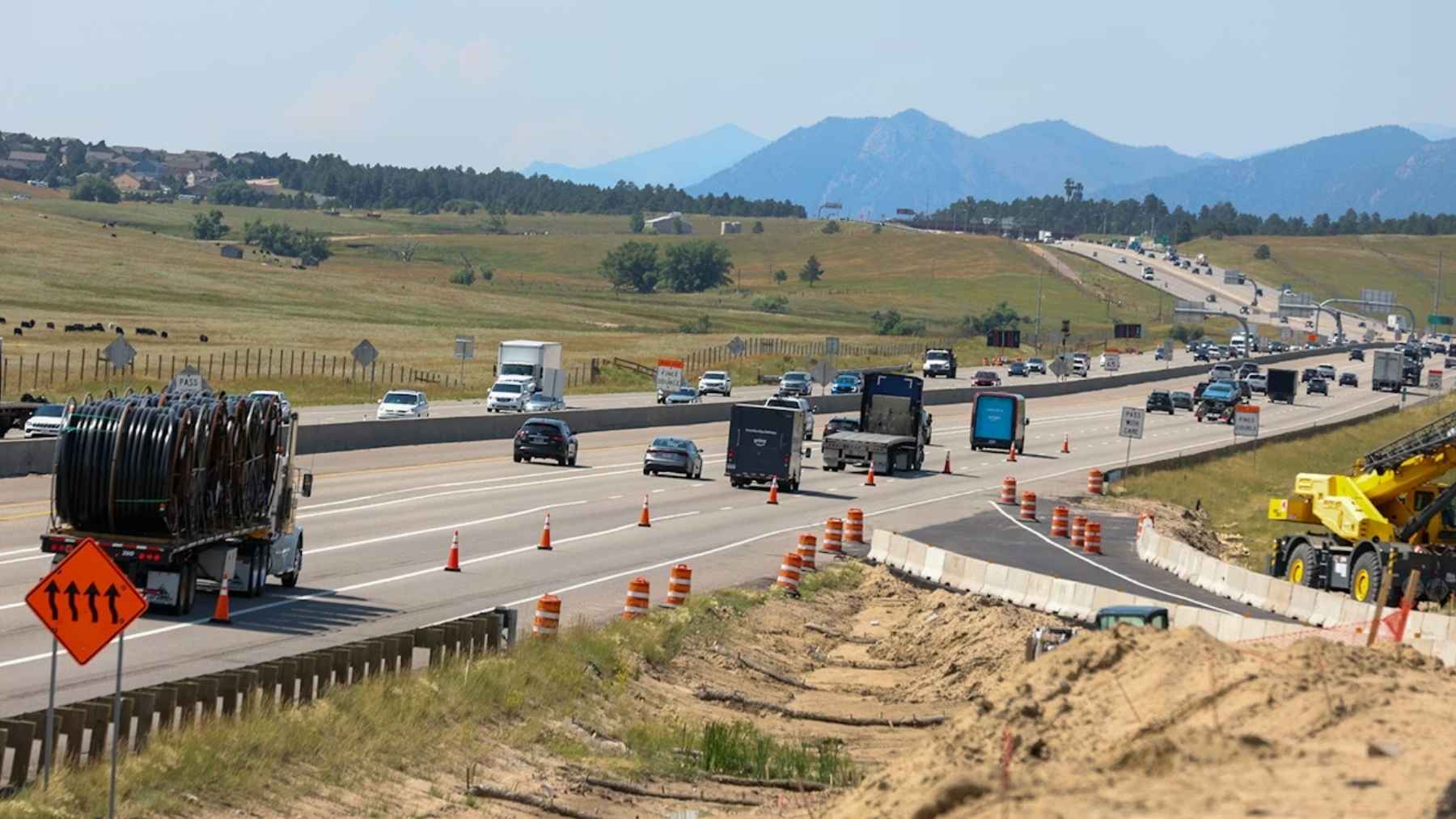As the world grows and technology advances are optimized to improve living conditions, the global consumption of energy resources needed to run the machinery of computer systems also increases. The energy crisis in America is already being felt and experts estimate that it will be the next drought that mankind will witness.
The energy crisis in America is a problem that worries us: the next one will be even worse.
If we talk about energy crisis, the first idea that comes to mind is that of water resources, which America has been suffering for many years due to the scourge of low rainfall, climate change, the considerable loss of rivers and reservoirs and irrational use.
However, worldwide we are in the presence of a new crisis arising from the exponential demand of modern computer systems that consume an alarming amount of energy on a daily basis, which could lead to a global shortage of electricity.
Some more pessimistic experts argue that America could go back some 500 years to the dark and hostile way of life of the Middle Ages if it does not secure a robust renewable energy system to provide new sources of electricity in the event of an imminent blackout.
However, the measures being taken to alleviate the emergency and optimize hardware performance to provide greater capacity to computer systems lag behind innovations in software and the development of artificial intelligence. The outlook is not very encouraging.
The power grid on the verge of collapse: what could happen in the next few months
Energy demand is a key factor in America and in today’s technological world in which each system consumes its own. From mobility, to industry, to communication, to services, each and every one needs energy to function.
Artificial intelligence and the data centers that support the huge computing system is one of the biggest challenges facing the global power grid. The latest updates in generative models consume 33 times more energy than traditional algorithm systems.
Companies such as Meta, Open AI, Google and X are developing new language models every day that are used in America, requiring hundreds of thousands of graphics cards or TPUs that consume more and more power as they grow in size.
The latest machine learning models predict fast answers to millions of simultaneous queries by generating content from scratch. This system consumes more and more electricity considering that in 2022 it was 460 TWh and is expected to reach more than 1,000 TWh by 2026.
The energy situation is worrying the world: America is in danger, but not only us.
Just as America is worried, the UK grid operator National Grid estimates that in the next 10 years the demand for electricity will increase sixfold, spurred by the use of artificial intelligence, heating systems and the massification of electric transport.
This is also expressed by Elon Musk, owner of X and Tesla, who has assured that “the next shortage will be of electricity”. The tycoon recognizes that electricity will not be enough to run the amount of chips needed to operate artificial intelligence.
Despite his efforts to generate his own renewable energy, one of the richest men in the world recognizes that the demand for electric cars will also be responsible for the energy drought. And this is a problem that America has not yet been able to solve.
In this context, Musk goes one step further and predicts that we will begin to see the energy crisis next year at the rate at which artificial intelligence is advancing by a factor of 10 every six months.
Efforts by technology companies to upgrade hardware offer momentary stress relief, but the rapid growth of computer systems requires more and more capacity. The most pragmatic solution in America is renewable energy installations for self-consumption such as those developed by Musk, but more drastic measures are also envisaged with the use of nuclear power.















